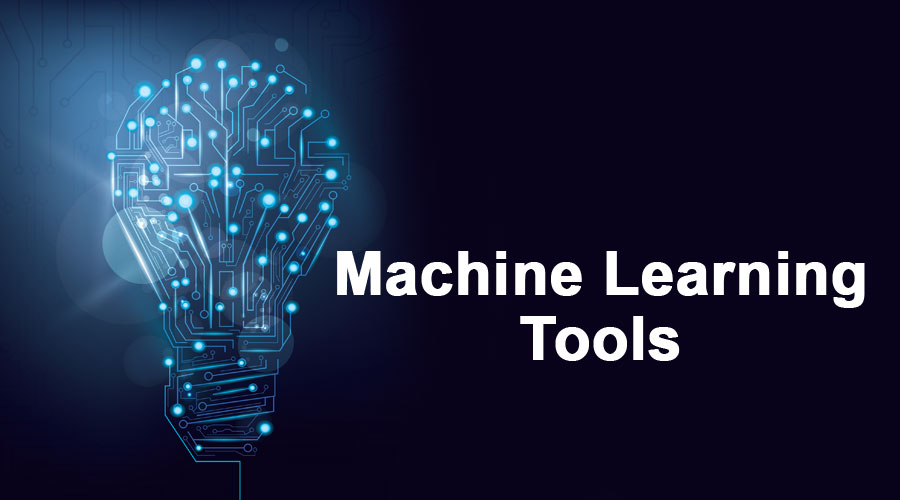Nature Knows and Psionic Success
God provides
Machine Learning Tools

Introduction to machine learning Arthur Samuel coined the term machine learning in 1959. An American pioneer in computer gaming and artificial intelligence said ‘ it gives computers the ability to learn without explicit programming. Machine Learning is a new motto that floats around. It deserves to be one of the most interesting sub-fields in computer science . Artificial intelligence programs were generally explicitly planned to carry out tasks in the past. In most cases, the “Learning” consisted of adjusting several parameters to a fixed implementation in order for facts to be added to a collection of other facts (a knowledge base), and then (effectively) searching for a solution to the problem from one known solution to another. in the form of a path of several small steps. In this topic, we are going to learn about Machine learning tools. What is Machine Learning Tool? Machine learning tools are artificial intelligence-algorithmic applications that provide systems with the ability to understand and improve without considerable human input. It enables software, without being explicitly programmed, to predict results more accurately. Machine learning tools with training wheels are supervised algorithms. They require an individual to schedule both the input and the desired output and provide feedback on the accuracy of the end results. Unsupervised algorithms demand very little human intervention by employing a “deep learning” approach in order to check massive databases and arrive at conclusions from previous example-based data of training; they are thus generally used for more complex processing tasks, such as the awareness of images, speech-to-text and generating natural languages. Machine Learning Tools are consists of Preparation and data collection Building models Application deployment and Training Local tools for telecommunication and remote learning We can compare machine learning tools with local and remote. You can download and install a local […]
Click here to view full article
